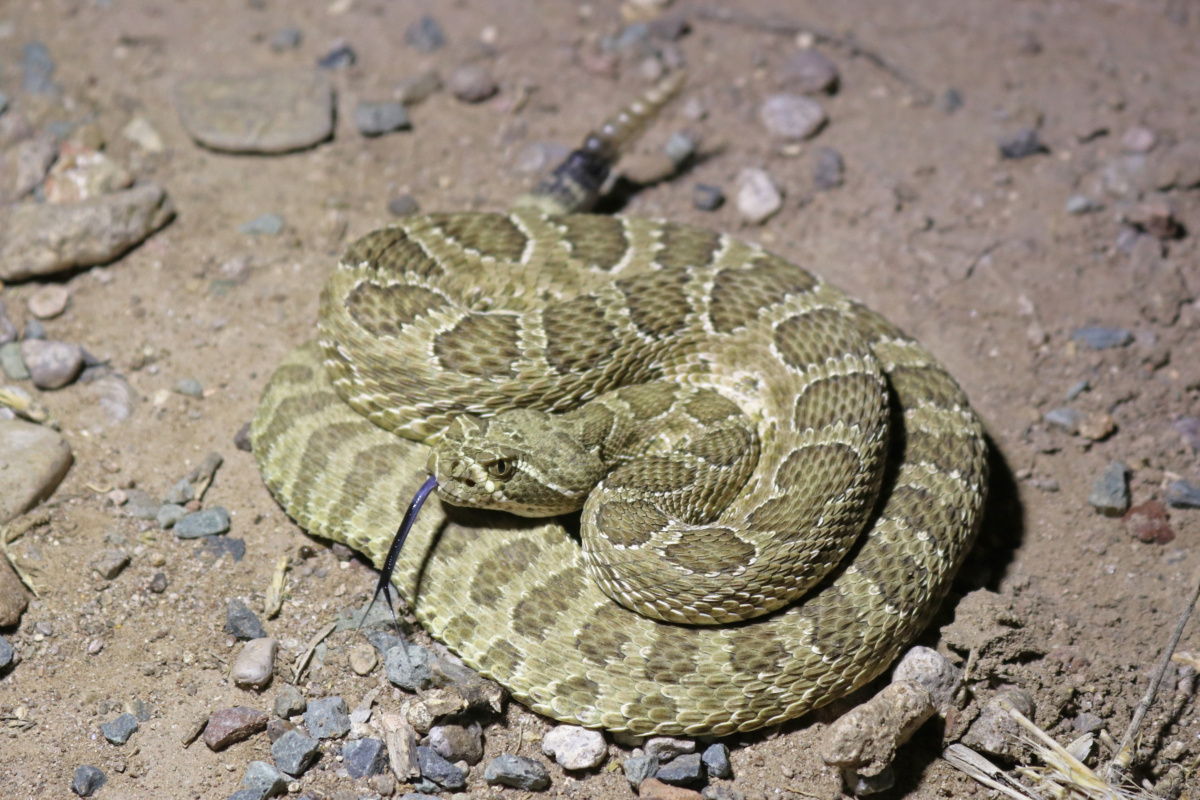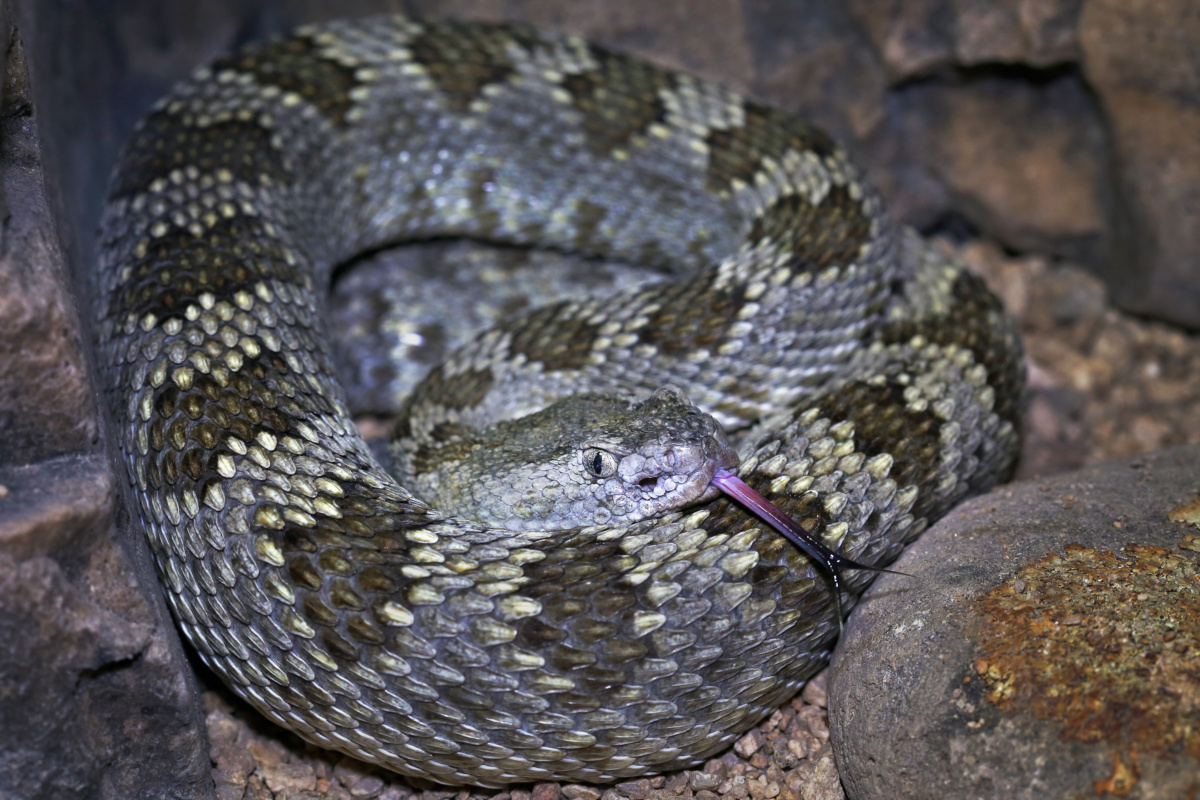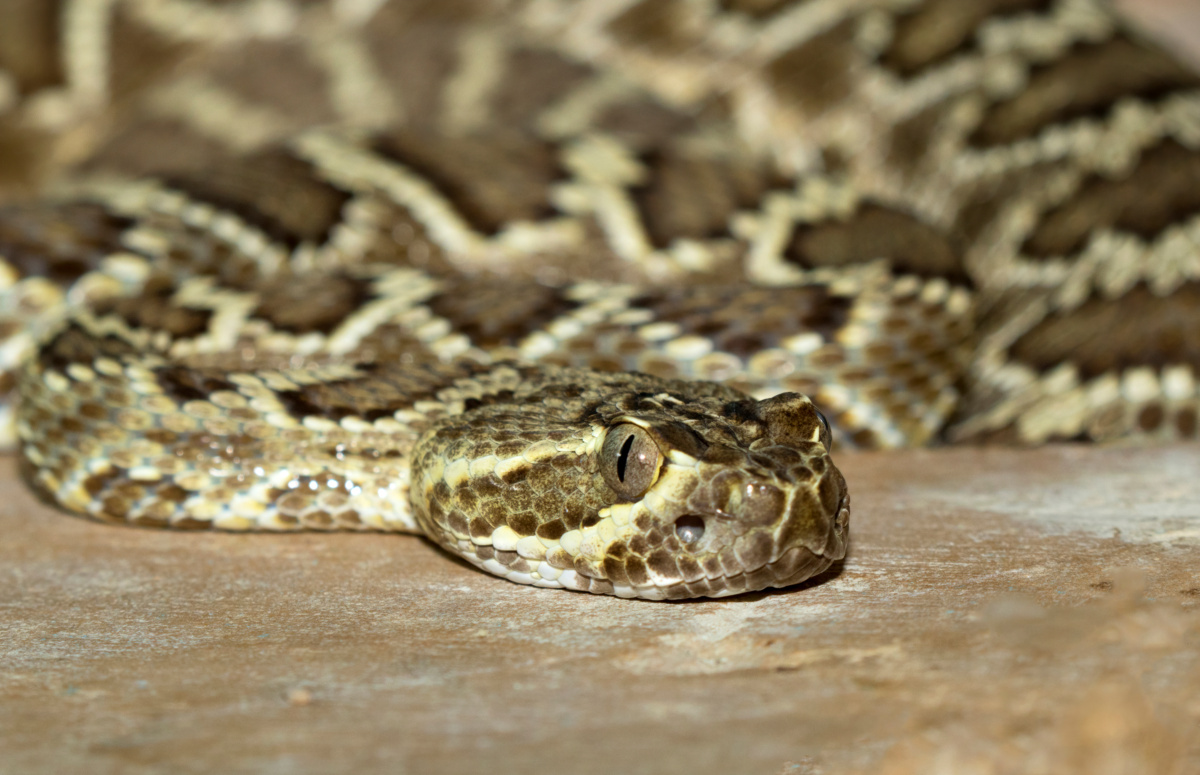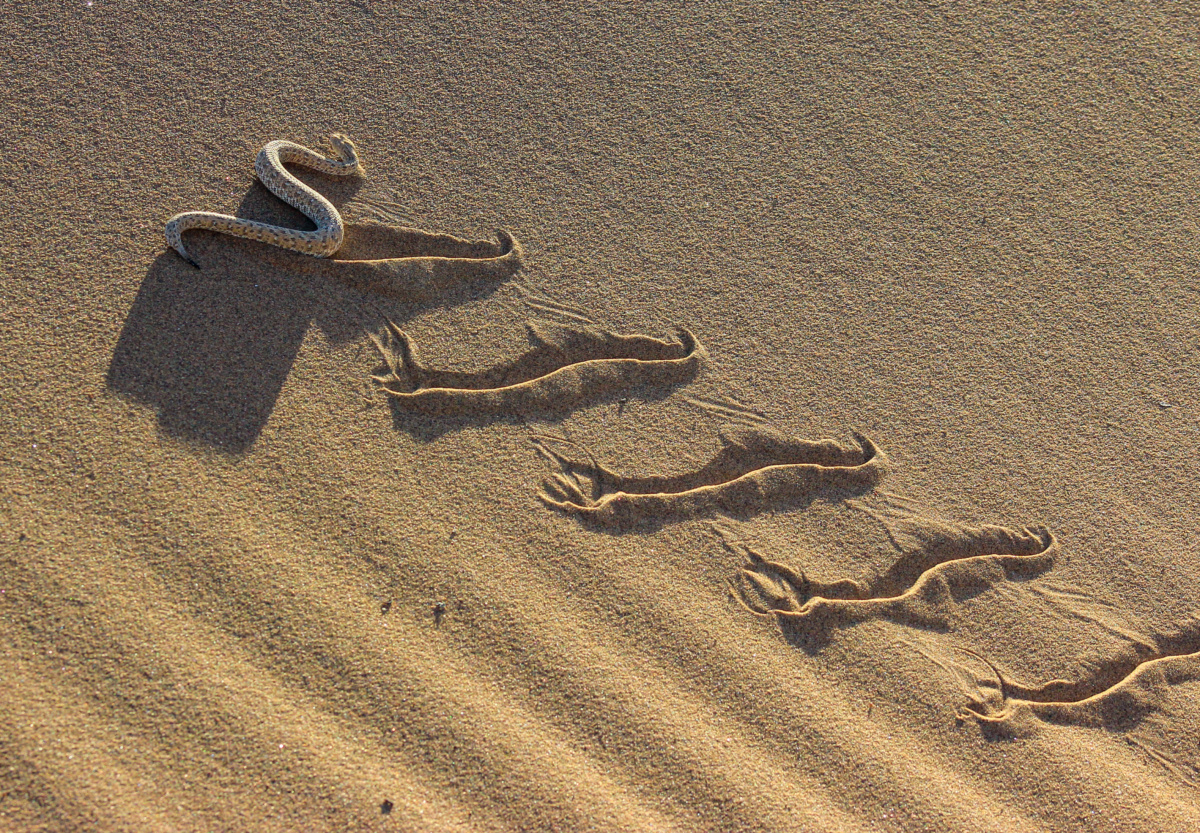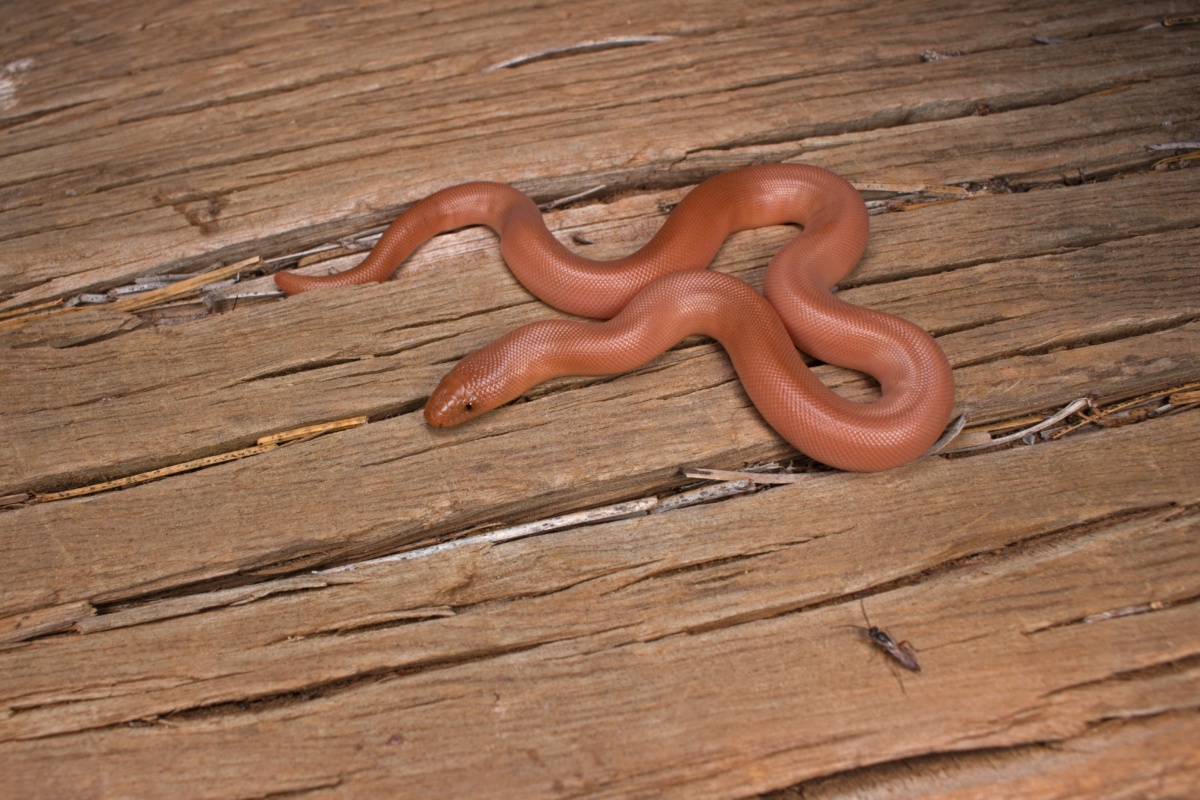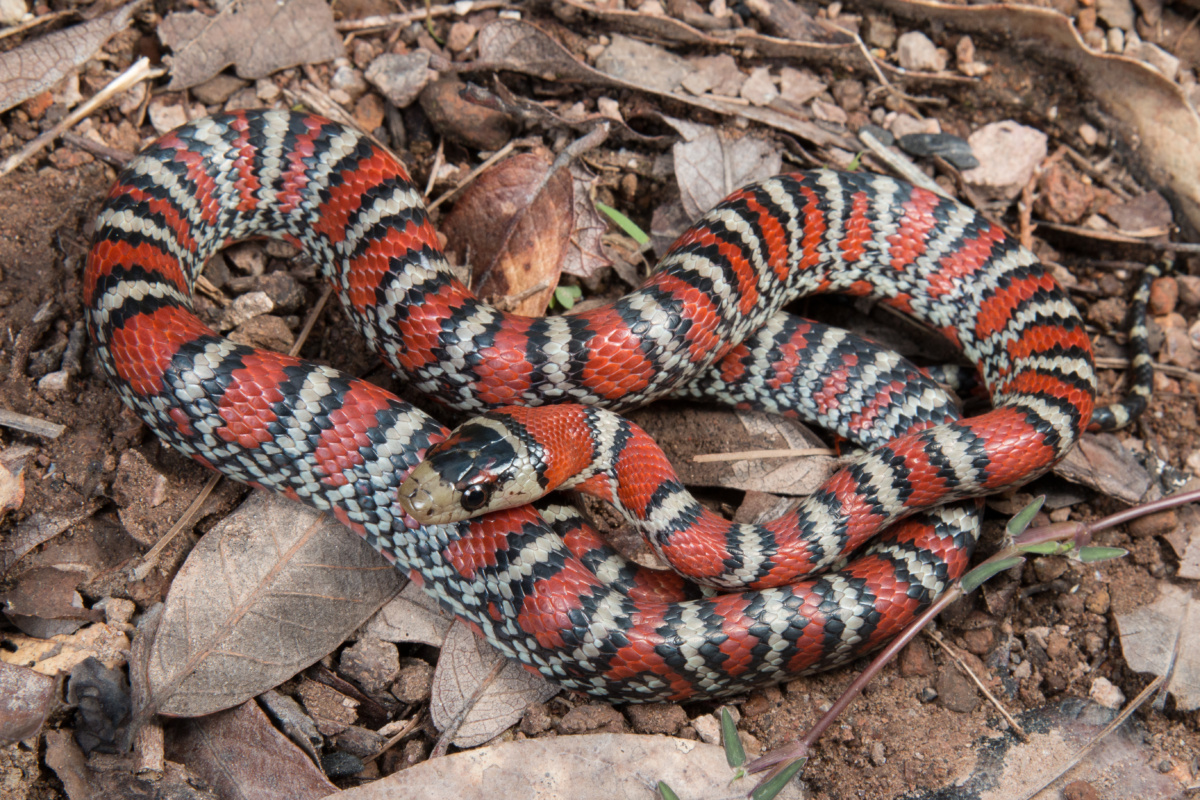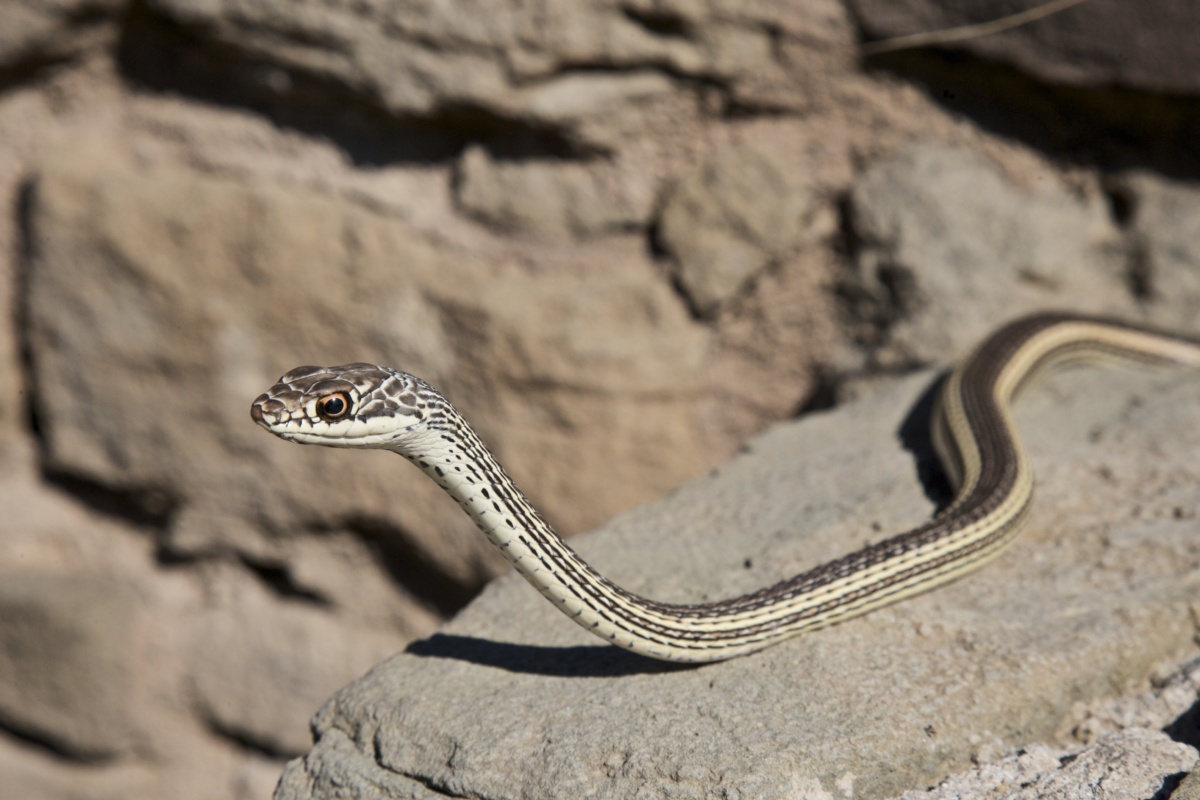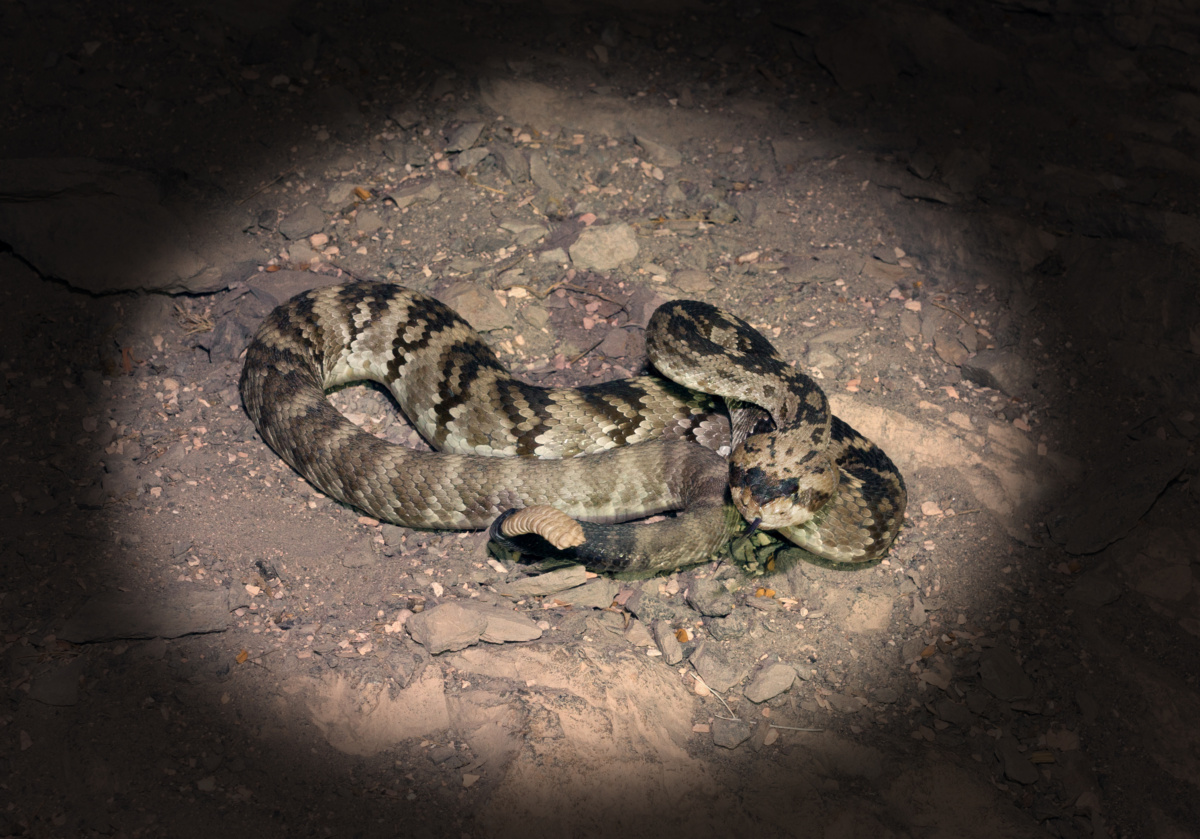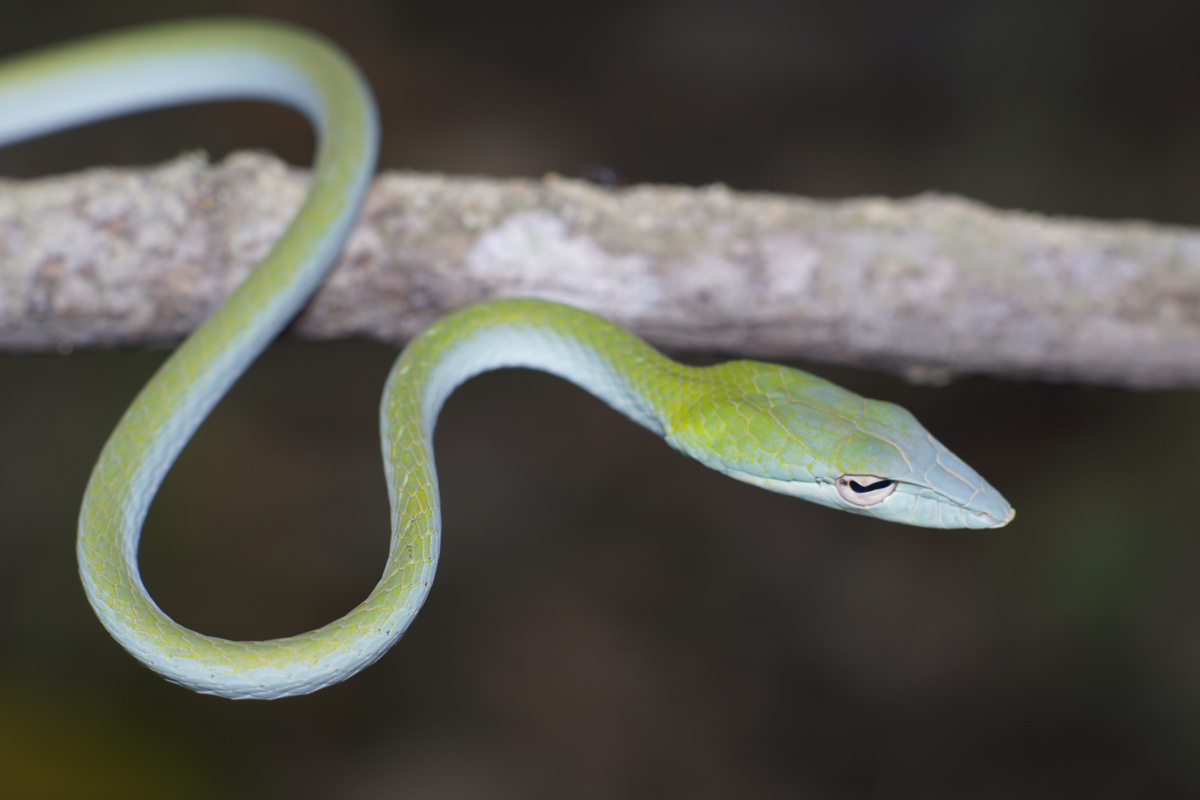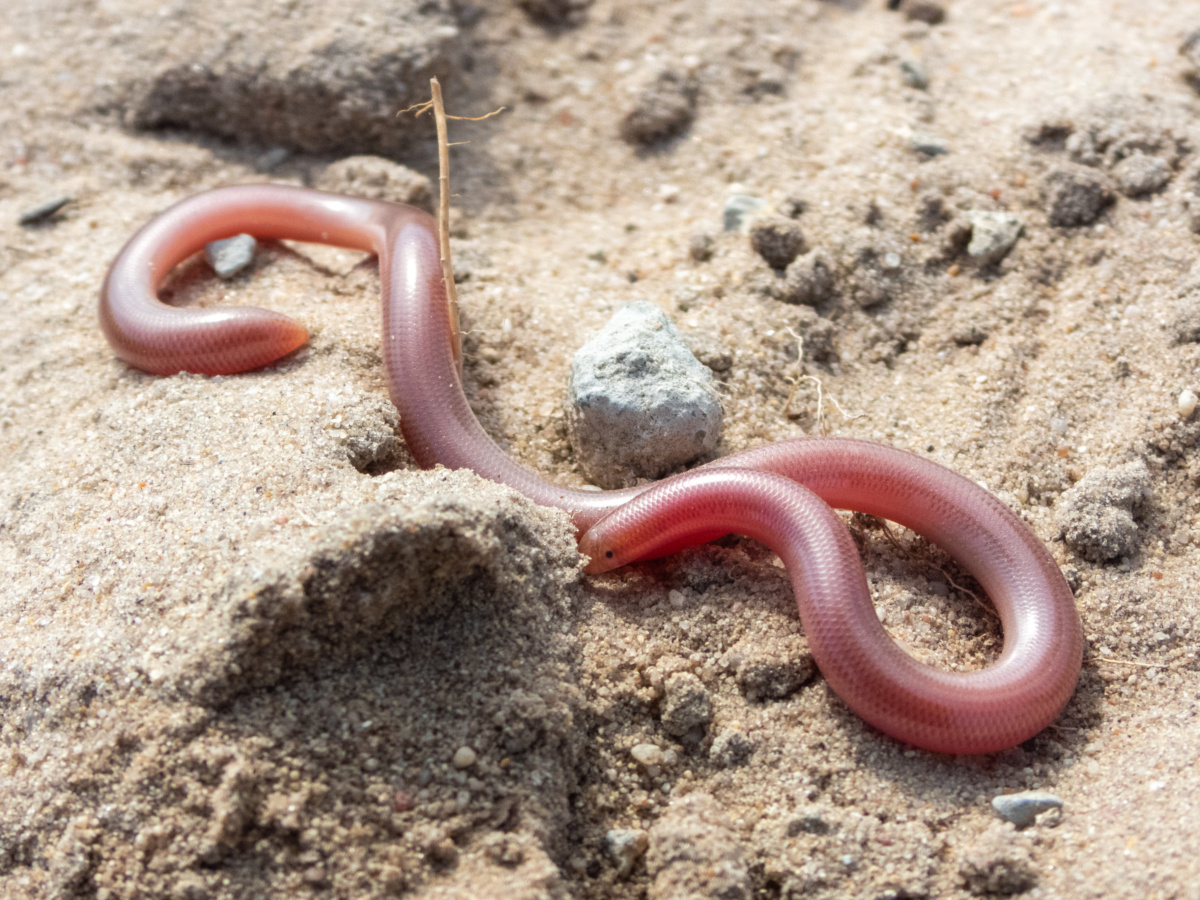Are you wondering about the snakes in Utah that you might encounter on your holiday?
Well, worry no more!
I’m here to tell you everything there is to know about these slithering creatures and how to identify the various snakes that you might encounter.
You may be surprised to realize that a lot of the snakes that make you jump onto your bed aren’t dangerous at all.
Also, there are a few ways to identify the snakes that you should rather stay away from.
So, are you ready to learn all about the snakes in New Hampshire? Let’s “slither” right into it!
1: Great Basin Rattlesnake
If you’re not around any babies and you hear a rattling sound, you better watch your step unless you want to encounter one of the most poisonous snakes in Utah.
This venomous vermin is none other than the Great Basin Rattlesnake.
The Great Basin Rattlesnake is most commonly found in the western regions of Utah and it thrives in dry areas.
So, how do you know whether or not you’ve encountered one of these snakes?
Well, for starters the snake has a colorful mixture of brown, gray, and green all over its body
. On top of that, you’ll see blotches on top of its normal skin pigment.
Great Basin Rattlesnakes can grow to be up to 40 inches in size and are considered to be extremely dangerous.
If you’d like extra confirmation, you can look for a rattle at the bottom of the snake’s tail.
So whatever you do, don’t approach the snake if you see it. Rather call an expert to help you remove it safely.
Unless you startle the snake, you don’t have to worry about becoming a lunchtime snack.
Great Basin Rattlesnakes mostly eat small rodents, birds, and small reptiles.
It also has an eerie level of patience and likes to sit and wait for its prey.
So, be sure to watch your step since you might not see it move immediately. Tread carefully, and keep safe!
2: Great Prairie Rattlesnake
Since we’re on the topic of rattlesnakes, we might as well discuss another one of the more dangerous snakes in Utah which is the Great Prairie Rattlesnake.
The Great Prairie Rattlesnake is also poisonous.
This means that you should steer clear of it and ensure that you don’t provoke it in any way unless you have a death wish.
Naturally, you’ll want to know if you should be cautious of the snake. So, how do you identify it?
Unfortunately, these snakes are a bit harder to identify.
That’s because there isn’t really a visible characteristic that you can use to identify them.
Some of the snakes might be yellow or light brown. However, they may also be green, green-gray, or green-brown.
The best thing to do is to look out for a rattle at the end of its table.
Rattlesnakes are considered to be dangerous in general, so a rattle should be a clear sign to rather stay away.
It’s important to note that the Great Prairie Rattlesnake is one of the most aggressive snakes in Utah.
They tend to ambush their next snack and can climb trees to do so. So, if you live in the Southeastern region of Utah, I highly recommend watching your step.
Especially if you’re taking a stroll through a prairie!
Recommended Reading:
3: Mojave Green Rattlesnake
Let’s talk about one more rattlesnake for now before we move on to less threatening snakes in Utah.
The reason that it is essential to discuss the Mojave Green Rattlesnake is that it is currently considered to be the most poisonous snake in the world.
That means that your odds of surviving a bite aren’t very high.
To make matters worse, the snake can still project venom after it has been killed.
So, it’s best to learn about the snake, how to identify it, and what precautions to take to avoid encountering it at all.
Let’s start with identification. The Mojave Green Rattlesnake is green in color and it has diamond shapes.
The diamond shapes are dark and can be found in blotches all over the snake’s body.
Naturally, finding a rattle at the tip of its tail is also a dead giveaway.
Now, how do you prevent running into this cringe-worthy creature?
Well, Mojave Green Rattlesnakes thrive in mountain slopes and desert terrains. It is most commonly present.
If you avoid mountain slopes and desert terrains, you’re much less likely to run into any of these snakes.
If you do run into one, be sure to stay as far away as possible and call a snake expert to remove the snake.
Remember, you won’t feel anything when the snake first bites you.
The venom takes some time to work its way through your bloodstream.
So, if you get bitten by a Mojave Green Rattlesnake, seek medical attention immediately!
4: Sidewinder
Let’s take a step away from the dangerous snakes for a bit and focus on the snakes you don’t have to worry too much about.
The first snake is none other than the Sidewinder. This snake moves in quite an interesting way which is how it earned its name.
The greatest part is that this is one of the non-threatening snakes in Utah. It’s not considered to be poisonous at all.
So, you can rest assured that you’ll be safe if you encounter one of these.
The Sidewinder can be identified quite easily by the horns it has on its head, right above their eyes.
I mean, how many snakes have you seen that have horns?
They use their horns as a form of protection which is actually also why they slither in such an unusual way.
Talk about a survivor snake!
Regardless of the fact that the Sidewinder cannot hurt or kill you, you may be pleased to realize that you’re not likely to find one of them in your home.
As a matter of fact, they prefer to slither through the warm sand in the desert.
So, if you’re planning on taking a walk in the desert, be prepared to say hello to our slithering friend.
Recommended Reading:
5: Rubber Boa
Did you know that snakes can have a gentle soul?
If you didn’t you may be surprised to realize that the Rubber Boa is one of the most gentle snakes in Utah.
For starters, these snakes like to keep to themselves. They often hide out in holes.
So, if you stay out of their business, they’ll stay out of yours. The greatest part is that they aren’t venomous at all.
The Rubber Boa’s scales are quite shiny and its texture feels rubbery when you touch it.
Yes, some people keep this snake as a pet, so it gets touched more often than one might think.
Some of these snakes are gray and others are brown and their stomachs are quite light.
So the shiny scales and rubbery texture are probably one of the best ways to figure out whether or not you’re dealing with a Rubber Boa.
Remember, that snakes are a valuable part of our ecosystem.
If you think that you’ve encountered a Rubber Boa, be sure to call a snake expert to remove it safely as opposed to killing it.
Besides, if your identification was wrong and you threaten a dangerous snake you might live to regret your decision.
6: Sonora Mountain Kingsnake
If you’re looking for beautiful snakes in Utah, I am pleased to inform you that you have just found one.
The Sonora Mountain Kingsnake is a spectacle of nature and it is filled with bright colors that make it quite easy to identify.
These snakes aren’t venomous at all which means that they are often used as pets.
If you’re looking for more certainty when you identify the snake that you are dealing with, you can also look out for the red, white, and black rings that cover the snake’s body.
You can also identify the snake by looking out for a black head with a yellow snout.
I must say that the Sonora Mountain Kingsnake is probably one of the easiest snakes to identify since it has such unique and vibrant features.
If you are sensitive to bad smells, you may want to block your nose if you run into one of these snakes.
They release terrible smelling gas to protect themselves from predators.
At least that’s not the worst thing that can happen if you encounter a snake.
As an added bonus, the Sonora Mountain Kingsnake loves to feast on poisonous snakes.
So, I’d say they’re somewhat of heroes of the reptile species. Maybe I should keep a few of them around to ward off the dangerous snakes!
Recommended Reading:
7: Striped Whipsnake
Let’s be real here. This is another one of the snakes in Utah that you can identify by simply looking at its name.
The Striped Whipsnake is an average-sized snake that can be identified by the stripes it has on its body.
On top of that, the snake’s body is quite dark in color which helps the light lines to stand out.
Some people who have encountered the Striped Whipsnake have stated that it looks like a whip.
At least it can’t hurt you as much as a whip can.
Also, the Striped Whipsnake feast on small rodents, birds, insects, and reptiles which makes it a valuable part of our ecosystem.
I cannot emphasize enough that it is essential that you call a snake expert instead of attempting to kill the snake.
In general, it is dangerous to attack venomous snakes.
However, on top of that, harmless snakes such as the Striped Whipsnake benefit our planet and since they pose no threat, there is no point in killing them at all.
The Striped Whipsnake lives in canyons, grasslands, rocky hillsides, and woodlands.
So, if you truly don’t want to encounter one of these snakes it’s best to steer clear of these terrains unless you want an unwanted surprise.
8: Night Snake
Night Snakes are one of the snakes in Utah that are a bit harder to identify.
These snakes have brown bodies with blotches all over just like most other snakes have.
One telltale sign that you can look out for is that its head is darker than the rest of its body.
If you look carefully, you’ll also see that the blotches on the snake’s back are shaped like saddles.
However, I wouldn’t worry too much about figuring out whether the snake is dangerous or not.
Night Snakes are considered to be slightly venomous but not enough to harm a human.
Their venom is only strong enough to help them immobilize the small animals that they hunt.
This is probably why they are also popular pets for those who like slithering reptiles.
You are highly unlikely to encounter one of these snakes during the day.
This is primarily due to the fact that they prefer to show their face and hunt at night.
That explains how they earned their name. Did I mention that Night Snakes enjoy feasting on birds of prey?
I guess the tables really do turn at times!
Recommended Reading:
Are There Sharks in Lake Tahoe?
9: Long-nosed Snake
The Long-nosed Snake is one of the snakes in Utah that you’re most likely to identify without a hassle.
In case the name didn’t already give it away, these snakes’ noses are quite long in comparison to other snakes.
On top of that, the Long-nosed Snake also has unique colors that make it easier to identify.
It has red and black shapes on its body that look like bands.
Between these bands, you’ll see yellow spots which is a telltale sign that you’re dealing with a Long-nosed Snake.
The great news is that these snakes aren’t poisonous at all.
The worst damage that it can do is to leave a foul odor lingering in your nostrils since that is the defense mechanism it used to protect itself from predators.
Remember that Long-nosed Snakes pose no threat to you, but you might pose a threat to them.
You’re not likely to run into one at home, but if you run into one in the wild, it’s best to change your course and walk in a different direction so that neither of you bothers the other.
Threatening the snake will only make it release a terrible-smelling odor and killing it may harm the ecosystem.
10: Western Blind Snake
What do you get if you cross a worm with a snake?
I know that this might sound like the opening of a bad joke, but in actual fact, when crossing a worm with a snake, you’ll get a Western Blind Snake.
This is quite a funny-looking snake that resembles an oversized worm. It is light pink in color and only has a single scale on its head.
Although it is interesting to be able to identify the Western Blind Snake, you aren’t likely to run into a situation where you need to identify it.
This is primarily because, similarly to a worm, the Western Blind Snake enjoys spending the majority of its time underground.
So, unless you plan on digging holes, you’re unlikely to run into one of these snakes.
The great part is that, in the unlikely event that you do run into one of them, you’ll still be safe since they form part of the non-venomous snakes in Utah.
If the name didn’t already give it away, it is important to note that these snakes are blind.
So, there will be absolutely no point in harming one of them.
Besides, they feed on termites and pests which are much more annoying than snakes. I think we owe the Western Blind Snake a thank you!
Recommended Reading:
Are There Sharks in Puerto Rico?
Conclusion:
Now that you know more about the snakes in Utah and how to identify them, I hope that you feel more at ease.
Remember to steer clear of dangerous snakes and to avoid killing harmless snakes.
Despite how many people may feel about snakes, we still need them in order to have a healthy ecosystem.
